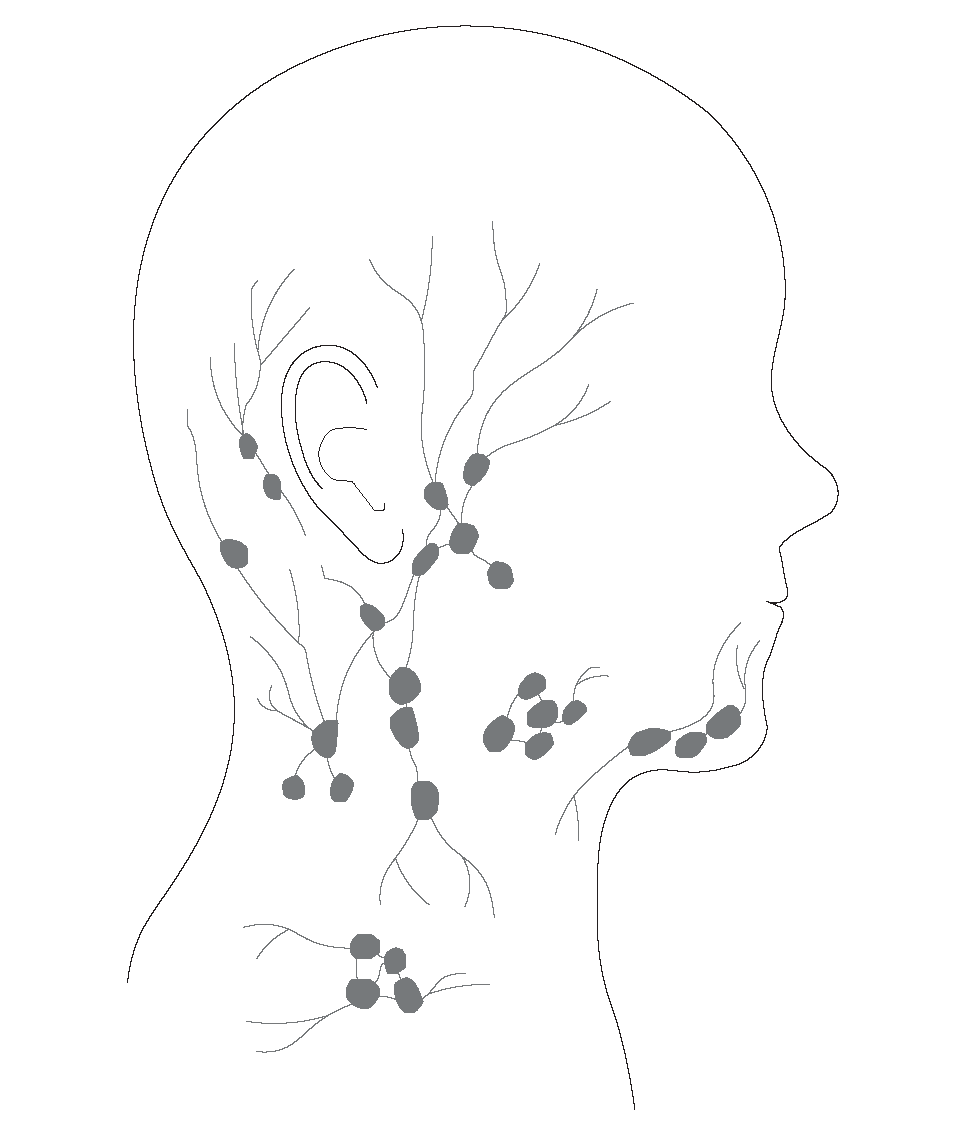
Your body has two main fluid systems – the blood supply and the lymphatic system. The blood supply delivers oxygen to every cell in the body. Without oxygen the cells would quickly die.
The lymphatic system is like a waste disposal, removing any toxins, damaged cells and so on from the body so that they can be excreted. It is a key component of the body’s immune system.
Unlike the blood circulation, which is directly driven by the pumping of the heart, the lymphatic system relies on more indirect methods to move the lymph fluid around the body (such as the contraction of skeletal muscles and pressure changes during breathing). Lymph transport is therefore usually sporadic and much slower than blood circulation.
Proper lymph flow can be compromised through injury (accidental or surgical, such as removal of lymph nodes in the armpit during a mastectomy), or through illness/medical conditions. Where lymphatic fluid can no longer move properly it often escapes from the lymph vessels and capillaries into the surrounding tissues, causing swelling (known as oedema).
When the lymphatic system becomes congested, lymphatic functions can be impaired, affecting the body’s ability to rid itself of its own waste material and causing potential fluid build-up in the tissues. A sure sign of lymphatic congestion is sore or swollen lymph glands, which are most noticeable in the neck, armpits, groin and intestines.
When lymphatic congestion or oedema occurs, external methods have proved very helpful in aiding the reestablishment of proper lymphatic function and the reduction of toxicity and oedema. Detoxification is a vital part of any healing process as only a detoxified body has the power, resistance and potential for healing.
